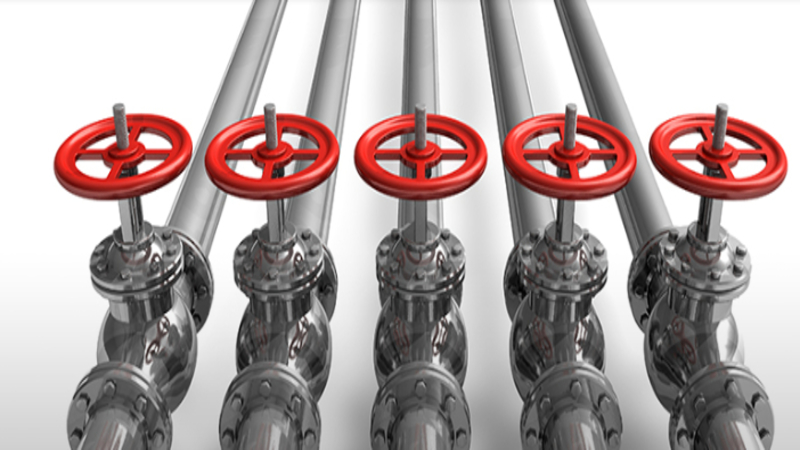Do you ever wonder where your conveyor system is going? Are you aware of the many different types of conveyor systems, such as steel conveyor rollers, that are available to help get your production lines moving efficiently? Below are the benefits of conveyor systems and how they can help make your manufacturing operations more efficient and cost-effective.
1.Conveyor Systems Are Necessary for Good Efficiency
Conveyor systems must be efficient. The most apparent reason for conveyor systems is to get products moving. Modern manufacturing operations are efficient, with low inventory levels and large turn-overs. A high-efficiency conveyor system will have fewer moving parts, produce less vibration and have less energy demand compared to a low-efficiency system. This is why it is important to select a conveyor system based on the types of items you plan to process and the volume of traffic you expect.
2. Conveyors Must Be Wound Together
Conveyors must be wound together to be effective. One or more conveyor tracks must pass through the middle of another track or system. A sound wound-conveyor system will have at least 50% of the total length of the tracks. This will help keep the system moving smoothly and produce less noise than systems with 20% of the tracks.
Conveyors have become a critical factor in modern manufacturers. They allow manufacturers to reduce costs and improve efficiency by moving materials through their manufacturing process. It is important to know the different types of conveyor systems and how best to choose the right one for your application. If you require a conveyor system, consider Conveyor Systems & Engineering, Inc. They provide quality steel conveyor rollers. Visit conveyorrollers.com to learn more about their services.



